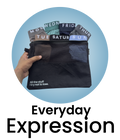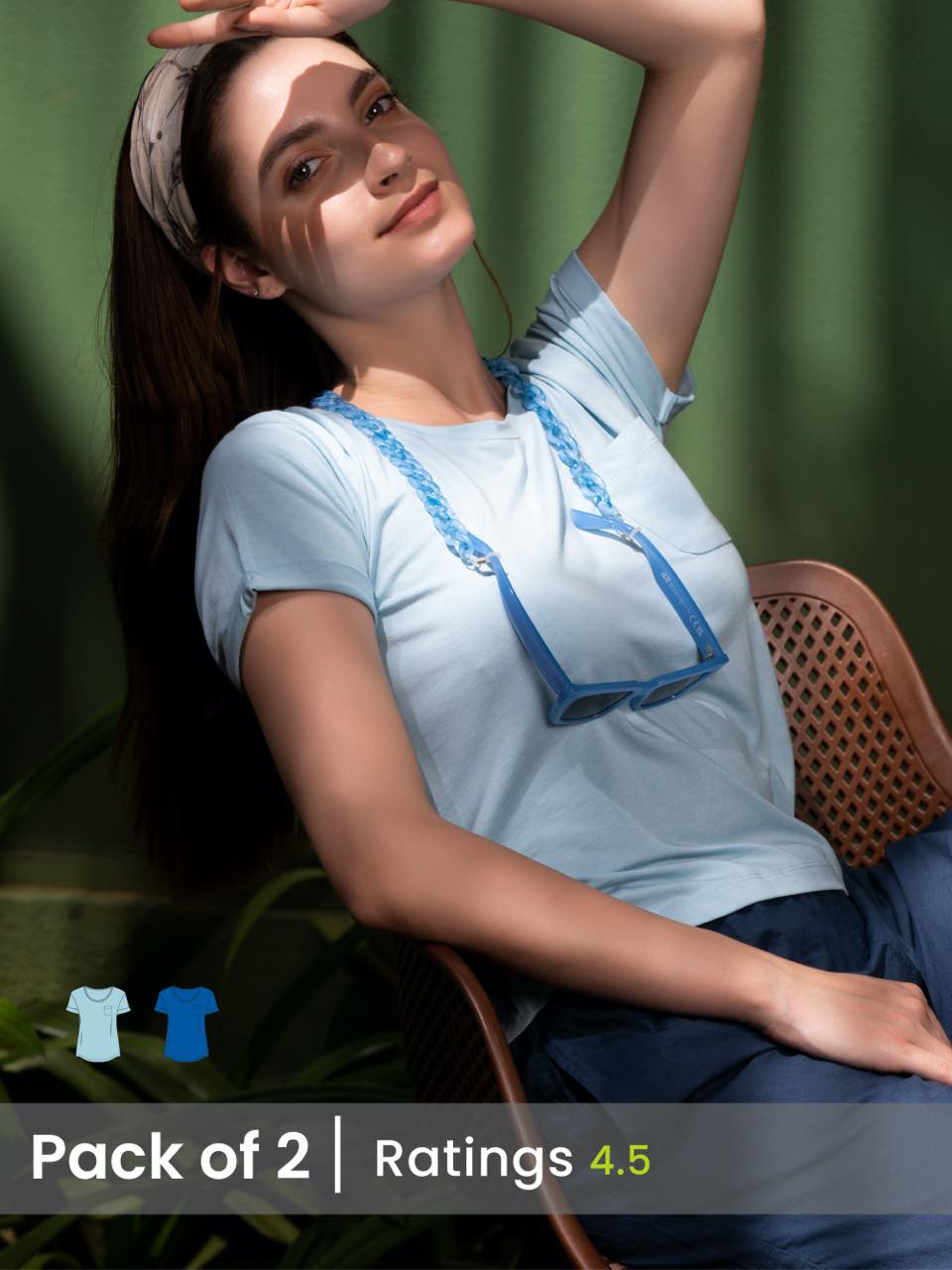The quest for effortless style often leads to the wardrobe wrestling match: sweatshirt versus T-shirt dress. Both offer casual comfort. Diverging design choices dictate drastically different vibes. Consider the oversized, fleece-lined sweatshirt dress, a cozy cocoon perfect for WFH days, juxtaposed against the streamlined, often shorter, T-shirt dress, readily accessorized for a surprisingly chic brunch. We’re diving deep into this sartorial standoff, weighing factors like seasonality, versatility. Overall aesthetic. Understanding the fabrics, silhouettes. Styling potential is key to choosing the right champion for your personal style – are you ready to discover which one reigns supreme?

Decoding the Sweatshirt Dress
A sweatshirt dress is essentially an elongated version of your favorite sweatshirt. It maintains the cozy, relaxed feel of a sweatshirt but offers the coverage and silhouette of a dress. Typically made from cotton or a cotton blend, sweatshirt dresses often feature ribbed cuffs and hems. Sometimes include a hood or pockets. They prioritize comfort and a casual aesthetic, making them a popular choice for effortless style.
Understanding the T-Shirt Dress
The T-shirt dress is another casual staple, taking its design cues from the classic T-shirt. It's a simple, often form-fitting or slightly loose, dress that usually falls above the knee. Constructed from lightweight materials like cotton, jersey, or blends, T-shirt dresses are breathable and easy to wear. Their minimalist design makes them versatile, easily dressed up or down depending on the occasion.
Sweatshirt Dress: The Pros
- Ultimate Comfort: The soft, often fleece-lined, fabric of a sweatshirt dress provides unparalleled comfort, perfect for lounging or casual outings.
- Warmth: Sweatshirt dresses offer more warmth than T-shirt dresses, making them ideal for cooler weather.
- Relaxed Style: They embody a relaxed, effortless vibe, suitable for casual settings.
- Coverage: The longer length offers more coverage compared to a standard T-shirt dress.
- Practical Features: Many sweatshirt dresses include features like hoods and pockets, adding to their functionality.
Sweatshirt Dress: The Cons
- Limited Versatility: Sweatshirt dresses are inherently casual, making them less suitable for formal or dressy occasions.
- Bulkier Silhouette: The thicker fabric can sometimes create a bulkier silhouette, which may not be flattering for all body types.
- Overheating: In warmer weather, a sweatshirt dress can become too hot and uncomfortable.
- Drying Time: Due to the thicker material, sweatshirt dresses generally take longer to dry after washing.
- Potential for Shrinkage: Cotton-based sweatshirt dresses are prone to shrinkage if not washed and dried properly.
T-Shirt Dress: The Pros
- Versatility: T-shirt dresses are incredibly versatile and can be dressed up with accessories and heels or dressed down with sneakers.
- Lightweight and Breathable: The lightweight fabric makes them comfortable to wear in warmer weather.
- Easy to Style: Their simple design allows for endless styling possibilities, from layering with jackets to adding statement jewelry.
- Flattering Fit: Available in various fits (A-line, bodycon, shift), T-shirt dresses can flatter a wide range of body types.
- Quick Drying: The thinner fabric dries quickly, making them convenient for travel and everyday wear.
T-Shirt Dress: The Cons
- Less Warmth: They provide minimal warmth, making them unsuitable for colder temperatures without layering.
- Can Be Too Casual: Depending on the fabric and style, a T-shirt dress can sometimes appear too casual for certain settings.
- Transparency: Lighter colored T-shirt dresses can sometimes be see-through, requiring the use of undergarments.
- Wrinkling: Some T-shirt dress fabrics, like cotton jersey, are prone to wrinkling.
- Lack of Structure: The lack of structure can sometimes make them appear shapeless if not styled correctly.
Fabric Matters: Impact on Comfort and Style
The fabric composition significantly impacts the feel, drape. Overall look of both sweatshirt and T-shirt dresses. Consider these common materials:
- Cotton: A breathable and comfortable natural fiber, ideal for everyday wear. Cotton T-shirt dresses are common.
- Cotton Blends (e. G. , Cotton-Polyester): Combining cotton with synthetic fibers like polyester enhances durability, reduces wrinkling. Can improve moisture-wicking properties.
- Jersey: A knit fabric known for its stretch and softness, often used in T-shirt dresses for a comfortable, flowing fit.
- Fleece (Cotton or Synthetic): Used in sweatshirt dresses for added warmth and a soft, cozy feel.
- French Terry: A knit fabric with loops on one side and a smooth surface on the other, offering a balance between comfort and breathability, often found in lighter sweatshirt dresses.
Understanding the fabric content helps in predicting how the dress will feel, drape. Perform in different weather conditions.
Real-World Applications: Styling Ideas
Here are some real-world examples of how to style sweatshirt and T-shirt dresses for various occasions:
- Casual Day Out: Pair a T-shirt dress with sneakers and a denim jacket for a relaxed, everyday look. Alternatively, a sweatshirt dress can be worn with leggings and ankle boots for a cozy yet stylish outfit.
- Running Errands: A simple T-shirt dress with sandals or slip-on shoes is perfect for quick errands. A sweatshirt dress with sneakers and a baseball cap offers a comfortable and practical option.
- Lunch with Friends: Dress up a T-shirt dress with statement jewelry, a blazer. Heels. A sweatshirt dress can be elevated with a belt to define the waist and paired with fashionable sneakers or boots.
- Travel: Both types of dresses are excellent for travel. A T-shirt dress made from wrinkle-resistant fabric is ideal for long flights. A sweatshirt dress provides warmth and comfort on cooler journeys.
- Lounging at Home: Both a comfortable T-shirt dress and a soft sweatshirt dress are perfect for relaxing at home.
Making the Right Choice: Key Considerations
When deciding between a sweatshirt dress and a T-shirt dress, consider the following factors:
- Weather: For warmer climates, a T-shirt dress is generally more suitable. In cooler weather, a sweatshirt dress provides needed warmth.
- Occasion: For casual settings, both are appropriate. For dressier events, a T-shirt dress offers more styling versatility.
- Personal Style: Choose the dress that best reflects your personal aesthetic and preferences.
- Comfort: Consider your comfort level with different fabrics and silhouettes.
- Versatility: If you need a dress that can be easily dressed up or down, a T-shirt dress is the better choice.
Conclusion
Having weighed the cozy comfort of a sweatshirt dress against the breezy freedom of a t-shirt dress, the choice ultimately hinges on your personal style, the occasion. The ever-fickle weather. As an expert, I lean towards versatility. Don't underestimate the power of layering! A simple t-shirt dress can be transformed with a denim jacket and sneakers for a casual daytime look, or dressed up with statement jewelry and heels for a night out. But, be mindful of fabric. Cheaper materials can quickly look worn. Invest in quality cotton or linen for t-shirt dresses. Consider a blend for sweatshirt dresses that resists pilling. One common pitfall? Forgetting about proportions. A belt can work wonders in defining your waist with either style. Choose what makes you feel confident and comfortable; that's always the best practice. Embrace the fun of experimenting. Don't be afraid to break the "rules." You might just discover your new favorite go-to outfit!
FAQs
Okay, spill the tea! Sweatshirt dress vs. T-shirt dress – what's the BIG difference?
Alright, alright, let's get into it! The main difference is the fabric. Sweatshirt dresses are made from, you guessed it, sweatshirt material - usually a comfy cotton or cotton blend with a soft, often fleecy, inside. T-shirt dresses are made from, well, t-shirt fabric – a lighter, thinner knit cotton.
Which one is better for cooler weather, duh?
Duh, the sweatshirt dress wins this round! That thicker, often fleecy, fabric provides much more warmth. T-shirt dresses are definitely better suited for warmer days or layering.
So, is a sweatshirt dress always super casual?
Not necessarily! While they definitely lean casual, you can dress them up a bit with the right accessories. Think cute sneakers or ankle boots, a statement necklace. Maybe a structured jacket. It's all about how you style it!
What about breathability? Which dress breathes better?
The T-shirt dress is the clear winner in the breathability contest. That lighter fabric allows for more airflow, keeping you cooler on hot days. Sweatshirt dresses can get a little stuffy if it's warm out.
Which one is easier to care for and less prone to wrinkles?
Honestly, both are pretty low-maintenance! But I'd give a slight edge to the T-shirt dress. The lighter fabric tends to wrinkle less than the thicker sweatshirt material. Just toss them in the wash and you're good to go!
You mentioned layering... How do they both play with other clothes?
Good question! T-shirt dresses are fantastic for layering under jackets, cardigans, or even oversized sweaters. Sweatshirt dresses, because they're bulkier, are a little trickier to layer. They look great with a denim jacket or a vest. Avoid anything too bulky on top.
Okay, final verdict: which one should I choose?
It really depends on your personal style and the weather! If you want something comfy and warm for cooler days, go for the sweatshirt dress. If you need something light and breezy for warmer weather, the T-shirt dress is your best bet. Consider your existing wardrobe, too – which one will integrate more easily? There's no wrong answer!






